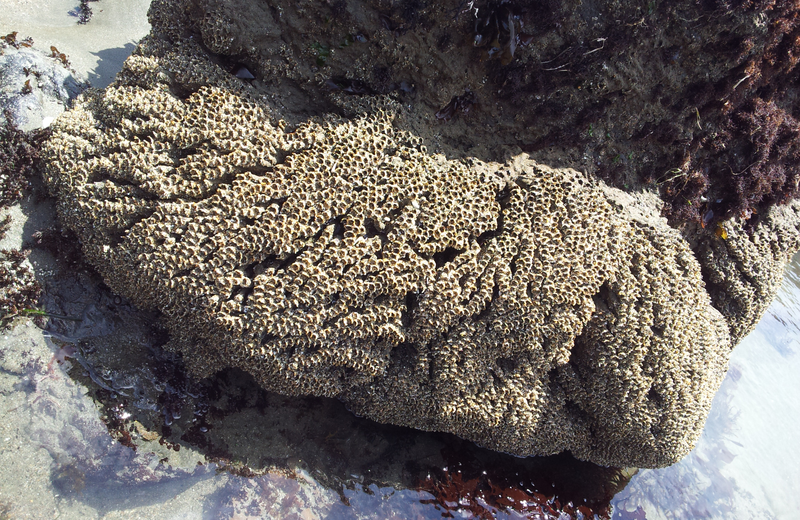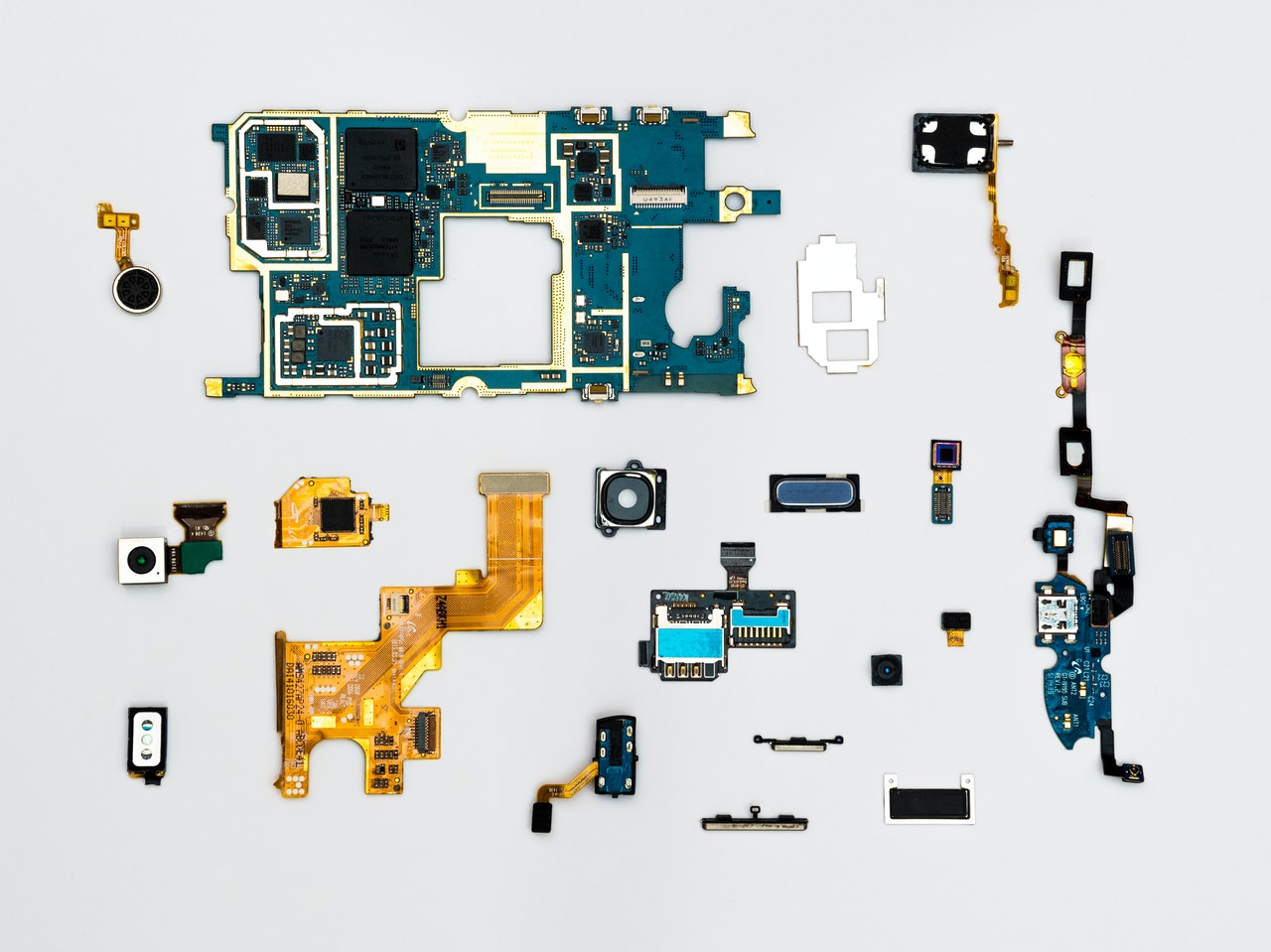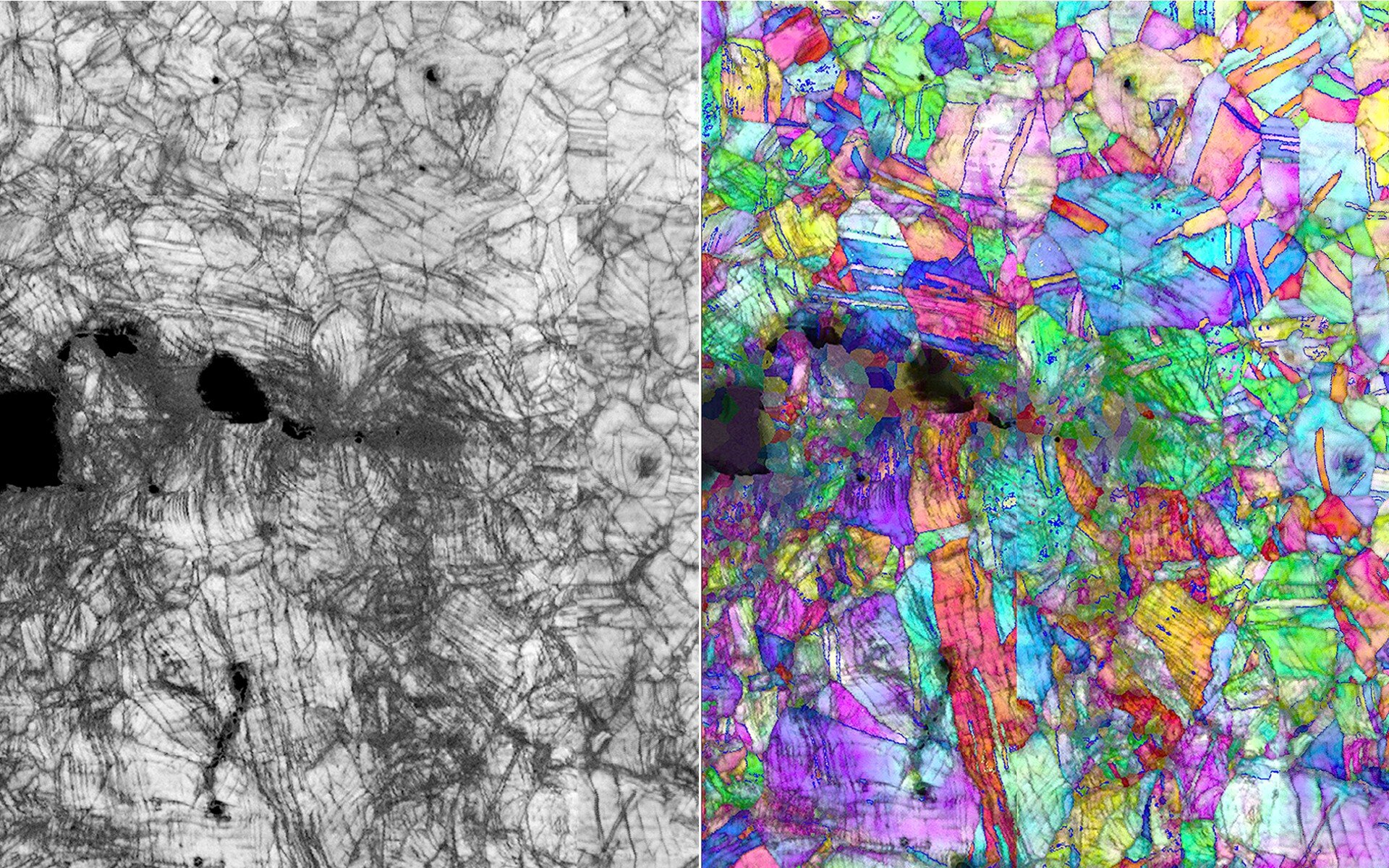For a long time, it was understood that neurons and glial cells were the only cells that mattered in the nervous system.
Neuroscientists thought that neurons were central to brain function, processing, and information transmission within networks. While Glial cells play a supporting role, offering structural, energetic, and immune functions.
Unveiling the “Hybrid Cell” in the Nervous System
Recently, an international team of scientists has discovered the existence of a previously unidentified “hybrid cell” that exhibits traits of both categories, enabling it to play an active role in neurological functions while simultaneously offering support to the surrounding nervous tissues.
Some of these glial cells, known as astrocytes, envelop synapses, the junctions where neurons link and communicate. For some time, neuroscientists have speculated that these astrocytes might have a significant impact on synaptic transmission and, consequently, information processing. Prior research efforts have yielded conflicting findings.
However, this study has the potential to resolve years of uncertainty by confirming that, akin to neurons, astrocytes release neurotransmitters.
Researchers from various institutions in the United Kingdom and Europe have made a significant discovery. This revelation has the potential to revolutionize the approach to developing treatments for neurodegenerative diseases. One prominent example of such a disease is Alzheimer’s disease.







